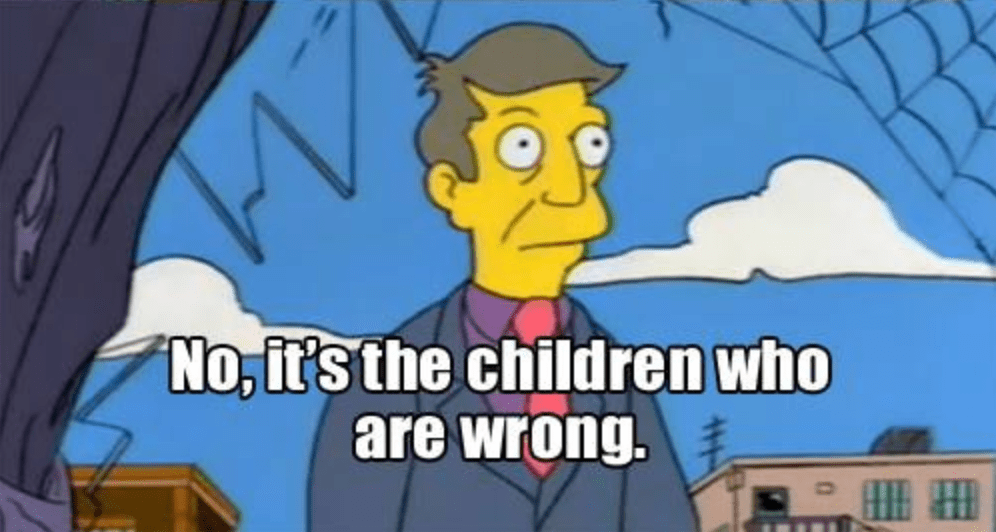What do you think is up w/ types and “life energy” these days? Like, if you had to sum up what your theory is on Dragon, Psychic, and Fairy types and how those relate to the nebulous concept of “life energy” in Pokemon?
so
y’see
y’know what, I may as well revisit this one, yeah
listen, for the record, I’m about to go way too into depth about this $#!t because I’ve tried to answer this before and I change my mind practically every time there’s a new Pokémon game, and I am chronically incapable of addressing a problem without recapping everything I’ve ever thought about it. Really what I should do is research it properly and actually write up A Big Long Thing, but that sounds hard so I’m not going to. If you read on you have only yourself to blame.
What I always went back to was this line, originally from Gold and Silver, where one of the gym trainers at Clair’s gym in Blackthorn City describes Dragon Pokémon as “Pokémon that are overflowing with life energy” (or something like that; I’m quoting from memory). In that original context, it seems like this is an explanation for how Dragon-with-a-capital-D Pokémon – at the time a very exclusive club, consisting of only Dratini, Dragonair, Dragonite and Kingdra – are different from Pokémon that are dragons, like Charizard and Gyarados. Dratini and Dragonair are kinda the emblematic Dragon Pokémon at that point, and they have this snakelike ability to shed their skin and “rejuvenate” themselves (which is exactly why snakes are often linked with immortality in real-world mythology). My mind also always goes to the Victini and Reshiram/Zekrom movie(s), where the plot revolves around a character’s attempts to manipulate something called the “Dragon Force,” an underground stream of life energy that has some vague connection to the legendary Dragon Pokémon of Unova. Similarly, in Jewel of Life, Arceus creates the titular jewel, which has the power to invigorate living things and restore damaged ecosystems, from its plates that correspond to the elements of Water and Ground (basic necessities of life), Grass (the foundational life represented by plants), Electric (a “spark” to get things started) and Dragon (because… y’know, you can’t have life without dragons?). Legendary Dragon Pokémon are prominent in the lore of generations III-V and often seem to have those big “cosmic keystone” roles. So it sounds like Dragon Pokémon are special precisely because they have this unique connection to some kind of abstract universal “life force” that other Pokémon obviously need (because… y’know, they’re alive) but aren’t directly linked to.
Continue reading “K asks:”
